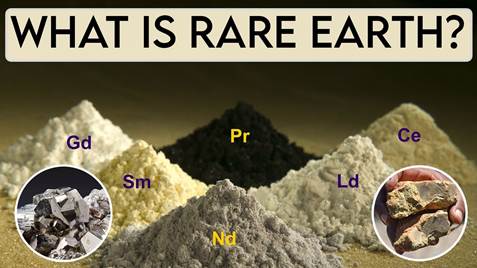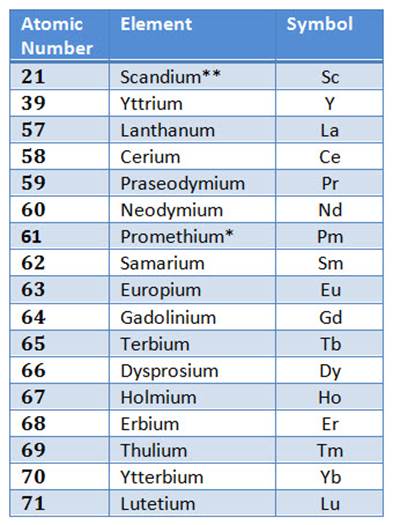Free Courses Sale ends Soon, Get It Now


Free Courses Sale ends Soon, Get It Now



Disclaimer: Copyright infringement not intended.
Context
What are Rare Earth Metals?

What are Rare Earths used for?
Dependence on China
India’s Concern
Government’s Assertions
India’s potential
.jpg)
Going Forward
Fertile Ecosystem for Junior Explorers
Progressive Mineral Exploration Policy Reform
Encouraged to form such junior exploration businesses in the Indian Ocean Region
Leverage India’s unique strategic network
Leveraging the large private sector networks
Supporting Indian-owned companies
https://pib.gov.in/PressReleasePage.aspx?PRID=1883492
© 2024 iasgyan. All right reserved